Serverless

Why You Should Modernize Your Legacy Applications
Explore why modernizing applications is crucial with edge computing solutions boosting efficiency, security, and user experience.
DEC 20, 2023 • 7 min read

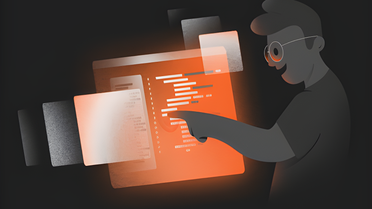
Welcome Upstash, our newest partner
Explore Azion's partnership with Upstash, offering Edge Computing templates for enhanced web app deployment and developer efficiency.
NOV 17, 2023 • 3 min read


Azion CLI: Quickly Deploy Jamstack Applications at the Edge
Enhance your edge development with Azion CLI, accelerating creation, testing and deployment of Jamstack applications using powerful Edge Computing technology.
NOV 10, 2023 • 3 min read

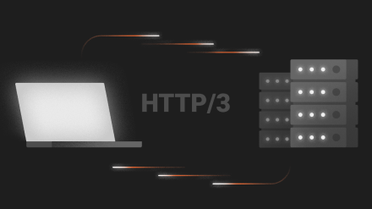
HTTP/3: How This Protocol Benefits Your Edge Applications
Explore how HTTP/3 enhances performance and security for modern web applications, with insights on QUIC protocol and Edge Computing benefits.
OCT 30, 2023 • 6 min read

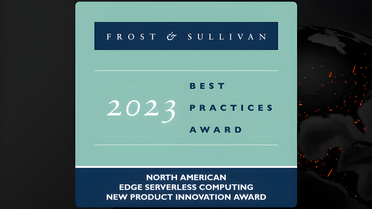
Azion Earns Frost & Sullivan’s 2023 North American New Product Innovation Award
Discover Azion's award-winning Edge Serverless platform, boosting developers' capabilities in building rapid, resilient applications with superior performance and global scalability.
OCT 25, 2023 • 3 min read

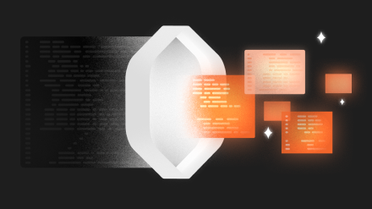
Application Modernization at the Edge: Crossing the Digital Development Bridge
Explore how edge computing revolutionizes web application modernization, boosts performance, enhances security, and reduces costs effectively.
AUG 7, 2023 • 9 min read

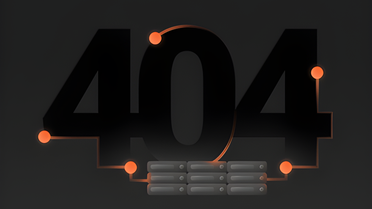
Improve the Availability of Your E-commerce Platform During Periods of Increased Sales
Explore how Azion's Edge Applications enhance e-commerce scalability and performance, ensuring your store excels during high sales periods like Black Friday.
JUL 27, 2023 • 5 min read


Five Cases of IT Transformation with Edge Computing
Discover the transformative power of Edge Computing through success stories from diverse sectors. Explore its impacts on cost reduction, application performance, and user experience.
FEB 15, 2023 • 17 min read


Five Reasons to Modernize Your Apps in 2023
Explore the critical reasons and benefits of application modernization in 2023, including enhanced security, developer productivity, and business agility.
DEC 14, 2022 • 8 min read



What is Serverless?
Explore serverless computing, its components, how it works, and benefits like developer productivity and cost-effectiveness with our Edge Serverless solutions.
DEC 6, 2022 • 9 min read


Prepare Your Store for the Biggest Black Friday
Descubra como a Edge Computing pode aprimorar o desempenho do e-commerce neste Black Friday, garantindo segurança superior e experiência do usuário.
NOV 2, 2022 • 9 min read

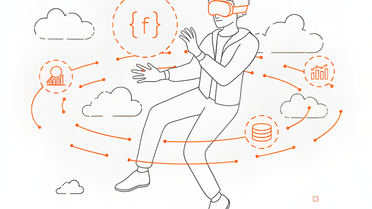
Pushing Computation to the Edge With Serverless Compute
Explore the future of Edge Computing with Azion's Edge Functions. Learn how serverless and edge computing transform applications, enhance performance, and drive innovation.
NOV 2, 2022 • 12 min read

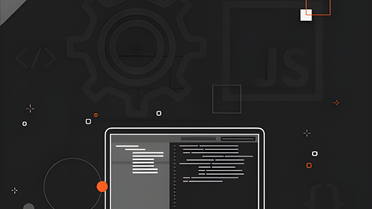
History of JavaScript
Explore the evolution of JavaScript and its capabilities in Edge Functions, from its origins to its role in modern web applications and serverless computing.
NOV 2, 2022 • 12 min read

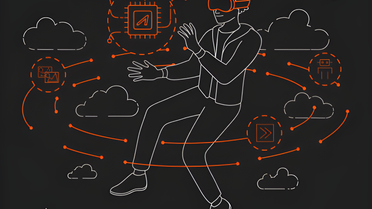
How Edge Computing Solves Four Key IoT Challenges
Explore how Edge Computing enhances IoT with real-time analytics, data privacy, and security. Discover innovative solutions for IoT infrastructure.
NOV 2, 2022 • 10 min read

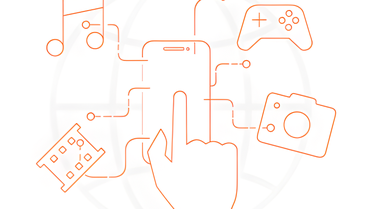
Introduction to Event-Driven Architecture
Explore the essentials of Event-Driven Architecture (EDA), its components, benefits, and real-world applications across industries for efficient real-time data processing.
NOV 2, 2022 • 10 min read

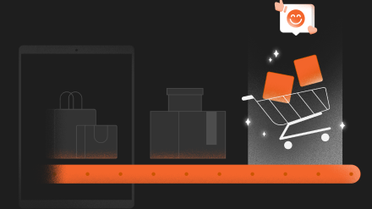
Transform the online shopping experience with edge computing
Explore how Edge Computing transforms e-commerce by enhancing agility, reducing costs, and meeting customer expectations through Edge Functions and JAMstack.
NOV 2, 2022 • 10 min read

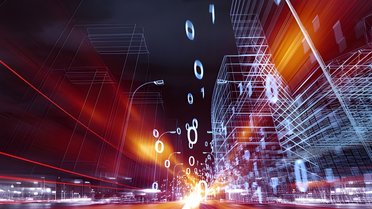
Simplifying and Accelerating Deliveries with Serverless Functions
Explore how Azion Edge Functions streamline serverless JavaScript code execution for business, enhancing scalability, security, and efficiency.
NOV 1, 2022 • 13 min read


How Image Optimization Helps Media Companies Improve Their UX
Explore how Azion's Image Processor boosts website performance with advanced optimization, resizing, and conversion techniques, enhancing user experience.
FEB 23, 2022 • 9 min read


What Are the Basics of Serverless Computing, Containers, and VMs?
Explore the integration of Edge Computing with serverless and container technologies for digital transformation and application acceleration.
NOV 23, 2021 • 12 min read

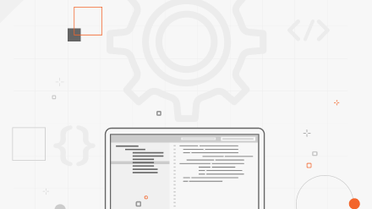
Why Azion is Using the Rust Programming Language
Explore the advantages of using Rust in Edge Functions for reliable, secure, and high-performance serverless solutions via Azion Cells.
NOV 10, 2021 • 10 min read


A Quick Guide to Securing Serverless Applications
Explore serverless security best practices, shared responsibility models, and how 'Edge Functions' enhance application safety. Learn more about serverless security.
OCT 26, 2021 • 9 min read


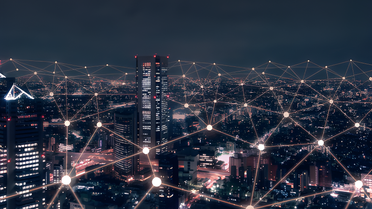
Edge Computing for Digital Transformation
Explore edge computing's vital role in digital transformation and its impact on various industries. Learn how serverless models enhance efficiency and security.
OCT 18, 2021 • 14 min read

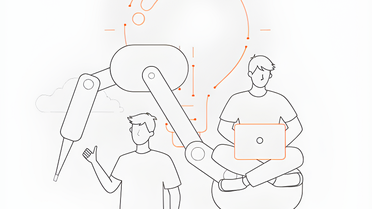
Embracing Digital Transformation
Explore how Azion's edge platform enhances digital transformation with scalable infrastructure, secure edge applications, and optimal content delivery.
SEP 16, 2021 • 8 min read


Why Azion Chose the V8 Engine for Edge Functions
Explore how V8 Engine powers Azion's Edge Functions for enhanced security, efficiency, and speed in serverless computing at the network edge.
AUG 10, 2021 • 9 min read



Cloud Computing vs. Edge Computing: Which is Better for My Business?
Explore the differences and benefits of Edge Computing vs. Cloud Computing for enhanced business performance, security, and lower costs.
AUG 10, 2021 • 18 min read

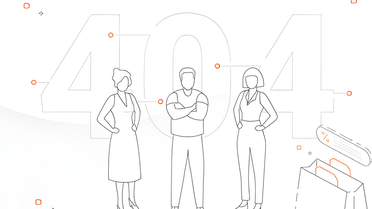
Keep Your e-Commerce Available on Black Friday
Prepare your e-commerce site for Black Friday with Edge Application solutions for scalability, security, and performance efficiency. Learn more about Edge Firewall protection.
JUL 27, 2021 • 10 min read


A Quick Guide to Serverless REST APIs
Explore how to build serverless REST APIs with Edge Functions for improved performance & scalability. Learn REST API basics, benefits, and integration using Azion.
JUL 16, 2021 • 8 min read

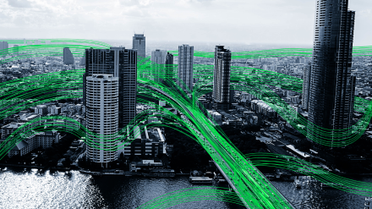
Green Computing: Reducing Energy Consumption with Azion
Discover how Azion's Edge Computing and serverless models help achieve green computing, sustainable ICT, and reduce energy consumption for a greener future.
APR 22, 2021 • 9 min read

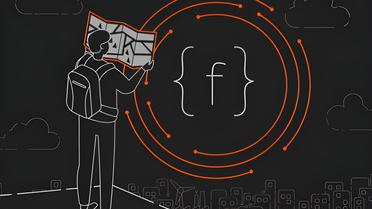
A Quick Tour of Azion's Edge Functions
Explore the unique benefits of Azion Edge Functions, serverless computing, and JavaScript integration in enhancing modern application development.
MAR 31, 2021 • 5 min read

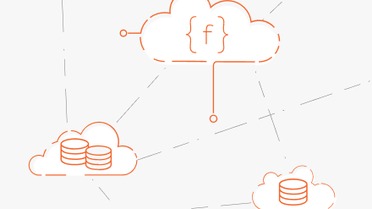
Get More Capacity with Serverless
Explore the efficiency and benefits of serverless computing with Azion Edge Functions, enhancing resource use and minimizing latency.
MAR 10, 2021 • 10 min read


Edge Functions Make Cents: The Economics of Serverless Computing
Explore how Edge Functions enhance serverless computing efficiency, reducing operational costs with lower latency via optimized resource use and cost models.
MAR 9, 2021 • 10 min read

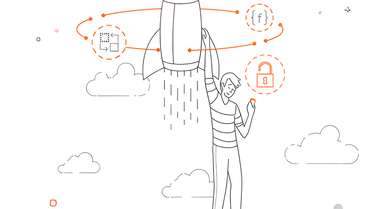
Minimize Vendor Lock-in With Edge Functions and Edge Orchestrator
Explore how Azion's Edge Orchestrator and Edge Functions help companies mitigate vendor lock-in risks while leveraging cloud computing and Edge Technologies.
MAR 4, 2021 • 7 min read


Best Practices for Serverless
Explore Azion's advanced serverless computing and Edge Functions, key use cases, best practices, challenges, and secure serverless architecture solutions.
FEB 9, 2021 • 9 min read


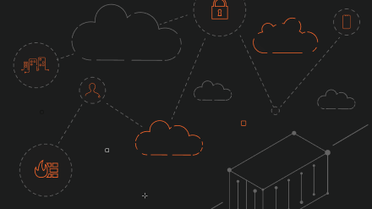
Containers vs. Serverless for Modern Applications
Explore the comparison between serverless and containers, their use in microservices, cloud computing, and their impact on modern business agility and cost.
FEB 3, 2021 • 11 min read

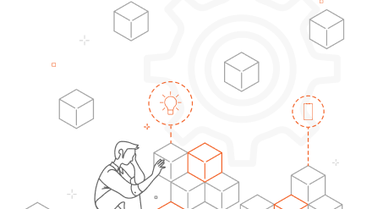
Application Modernization - Hype or Reality? What It Really Means for You
Explore effective strategies for app modernization, including cloud migration, using microservices, and serverless deployments to enhance performance and reduce tech debt.
JAN 28, 2021 • 13 min read

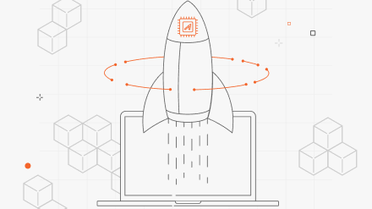
Getting Your Business Ready For Microservices
Explore the necessity and challenges of migrating to microservices for enhanced 5G readiness, scalability, and Edge Computing solutions.
JAN 26, 2021 • 10 min read

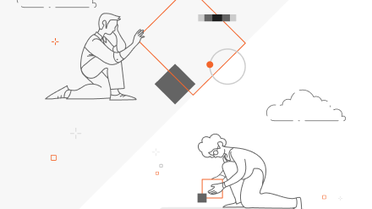
Monolithic Applications vs. Microservices
Explore the shift from monolithic applications to microservices, their benefits, challenges, and pivotal role in application modernization for today's tech advancements.
JAN 21, 2021 • 10 min read

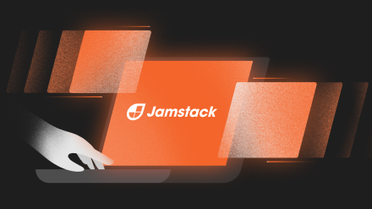
The Benefit of the JAMStack Approach
Explore the benefits of JAMStack for faster, secure websites. Learn how serverless architectures enhance speed, security, and scalability.
JAN 19, 2021 • 9 min read

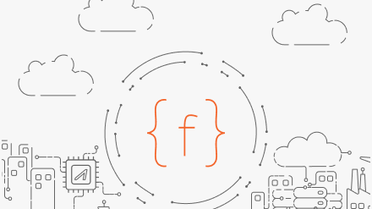
Azion Introduces Edge Functions
Explore Azion Edge Functions: serverless, event-driven JavaScript solutions for low-latency, high-performance applications with enhanced security and monitoring.
JAN 15, 2021 • 4 min read

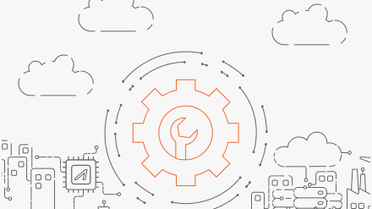
The Next Generation in Serverless Compute: Azion Cells
Explore how Azion Edge Functions enhance serverless compute for 5G, providing top performance, security, and cost-effectiveness with a unique Rust-based stack.
DEC 29, 2020 • 9 min read


Modern App Architecture for 5G Networks
Explore how 5G architecture and microservices enhance application efficiency. Learn about network slicing, CUPS and Edge Functions for modern app design.
DEC 29, 2020 • 10 min read

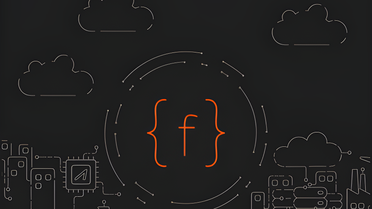
Execute JavaScript With Azion Edge Functions
Explore serverless applications with Azion Edge Functions. Build and deploy ultra-low latency apps using JavaScript globally, enhancing performance and cost-efficiency.
OCT 26, 2020 • 4 min read

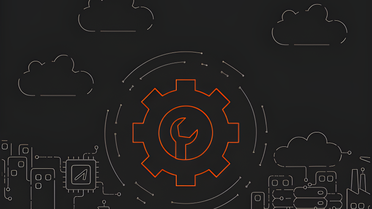
Azion Cells and the Future of Serverless Computing
Explore Azion Cells for ultra-low latency, edge-native applications, built with open standards for secure, high-performance serverless computing.
OCT 14, 2020 • 7 min read


The Main Trends for Edge Computing
Explore Edge Computing trends for 2023, including hyper-automation and the impact of Covid-19 on digital transformation and user experience.
JUN 3, 2020 • 7 min read

Subscribe to our Newsletter
Get the latest product updates, event highlights, and tech industry insights delivered to your inbox.